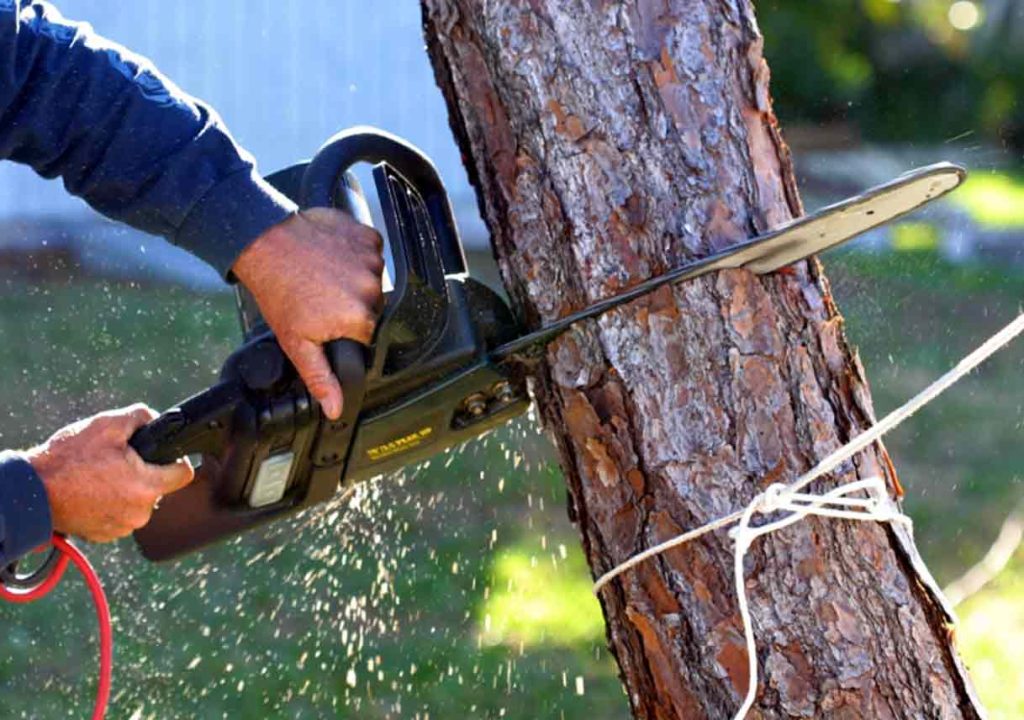All Categories
Featured
The elimination of trees can develop open rooms that are susceptible to weed intrusion. When trees exist, their thick canopies typically shade the ground, restricting the quantity of sunlight that reaches the dirt. After the removal of trees, these open areas obtain enhanced sunshine, providing suitable conditions for weed growth.

They may suggest the use of compost, which acts as a safety barrier on the dirt surface area, avoiding weed seeds from sprouting and subduing weed development.

The presence of trees promotes a rich and varied neighborhood of soil germs. Tree origins supply a source of natural matter, exudates, and nutrients that support the growth and task of beneficial soil microbes. Nevertheless, when trees are gotten rid of, the absence of their origins can interrupt the delicate equilibrium of the soil's microbial environment.
How Much Should I Pay For Tree Loppers Wollongong?
This change in pH can influence nutrition accessibility, microbial activity, and general dirt health. To address the impacts of tree cutting on dirt pH, tree elimination specialists can supply beneficial advice. They may suggest dirt testing to analyze the existing pH degrees and establish the required adjustments. Based on the outcomes, professionals can suggest pH change methods, such as adding lime to increase soil pH or including important sulfur to lower it.

It refers to the compression of dirt fragments, leading to reduced pore space and enhanced dirt thickness. This compaction can negatively affect the soil's capacity to operate efficiently, impacting its water-holding ability, vitamins and mineral availability, and root penetration. Appropriate techniques utilized by tree elimination professionals can help decrease compaction and protect the dirt's ability to keep water, and permit appropriate airflow and mindful equipment handling.
Latest Posts
Is It Worth Paying For Tree Arborist Wollongong?
What Is The Best Tree Arborist Wollongong Product?
How Much Does It Cost To Have A Wollongong City Council Tree Removal?